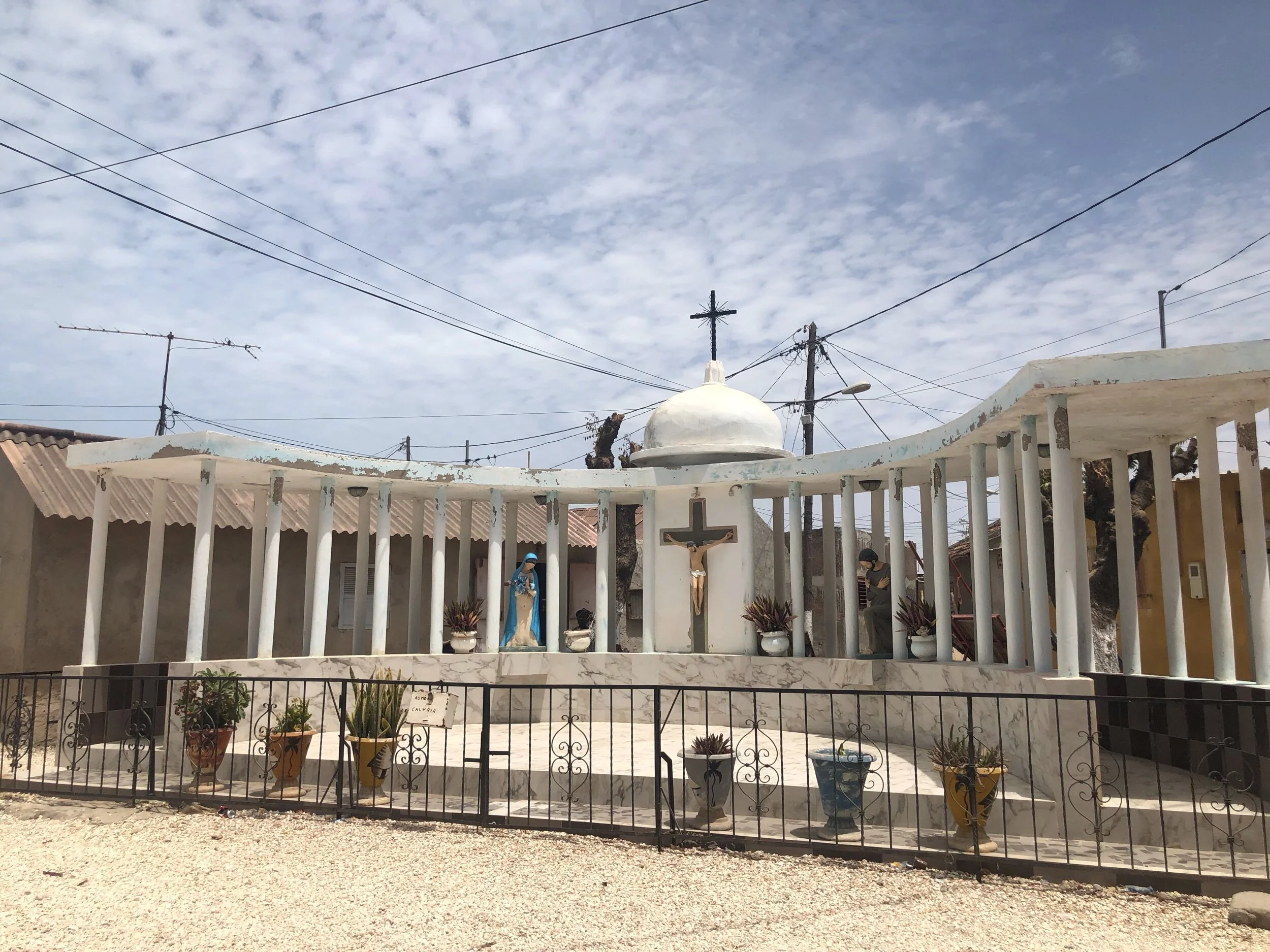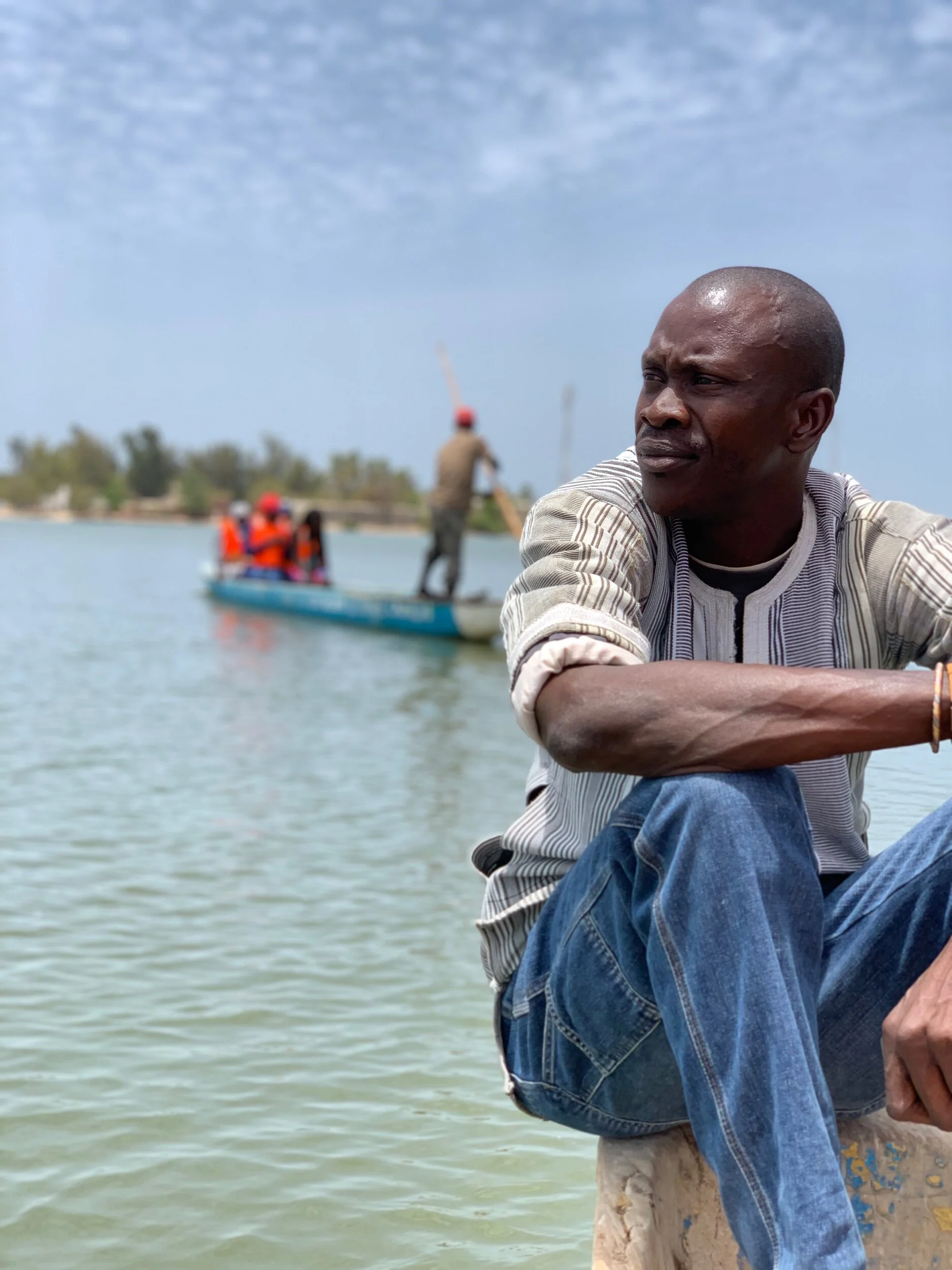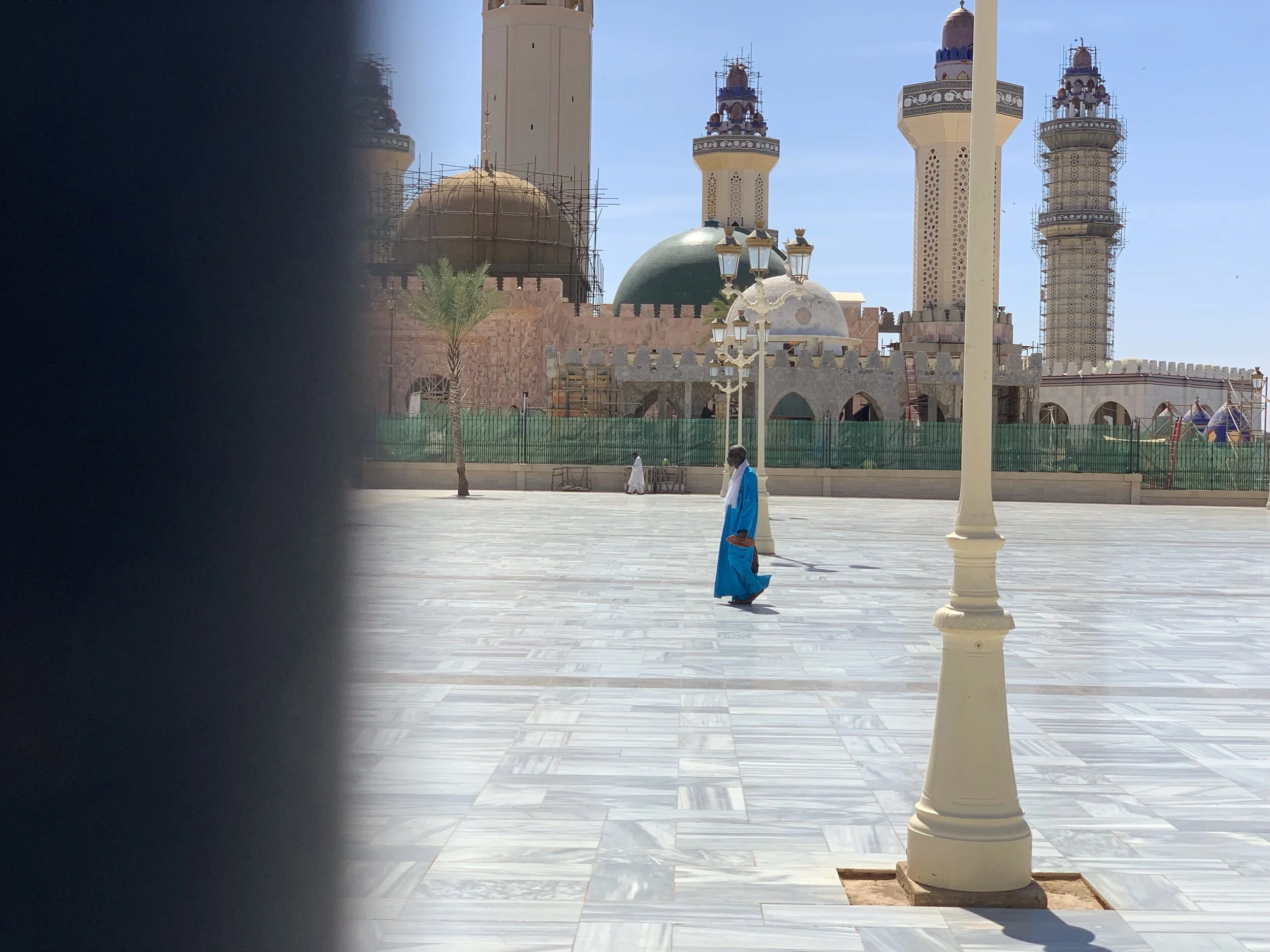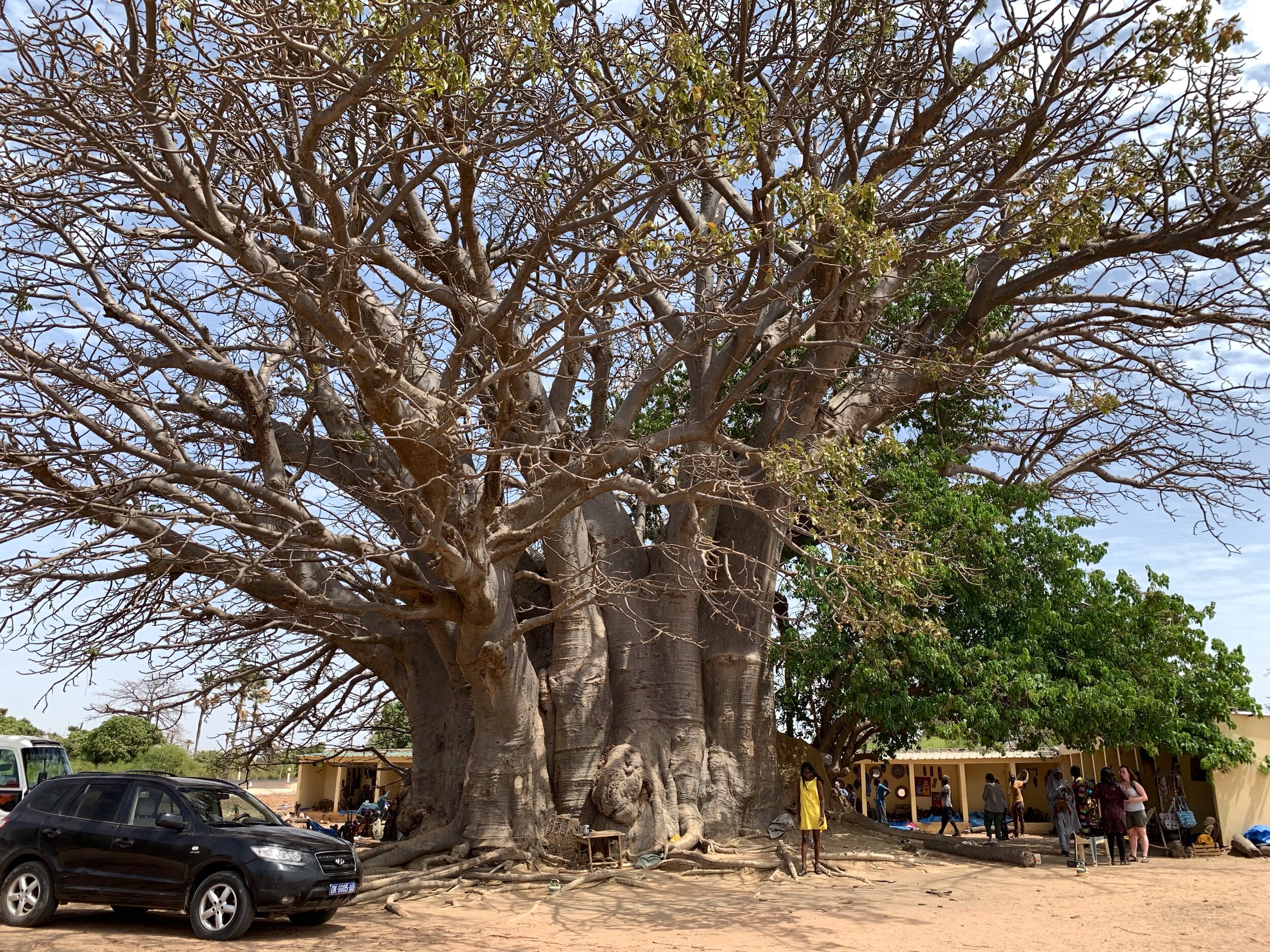The Casamance region has an exteriority that extends itself to laying a rightful claim towards the center albeit: geographically, historically, and economically. The Casamance region has always been viewed as the antithesis of the northern region of Senegal. Often described as ‘pay du diggël,’ or ‘false region,’ the Casamance area has never been recognized as real. In addition to this geographic dispute of space, it important to note that imposed colonial definitions of the Casamance region has contributed to its placement in the periphery. For example, colonial administrative documents refer to the Casamance region as ‘colony of Senegal’ or ‘territory cu Casamance’—further emphasizing the “juridicopolitical state of flux” (236). Historically, the presence of the ‘nordistes’ or migrants coming from the northern region part of Senegal have led to the invasion and neglect of the Casamance region. Ultimately, the migratory influx of individuals from the north have led to the clearing and expropriation of the local Casamance lands that have led to the regional wealth that does not benefit the people who live in the region. This economic imbalance is proof of the peripheral treatment that exists in the Casamance region by focal points of Senegal such as the Dakar region.
The Casamance region reminds me of the Bay Fall community that we visited in Bambey, a community that was first built to exist as a center in what was considered inhabitable land by Sheikh Ibrahima Fall. The Bay Fall people can be understood as a case-study of a community that has seemingly positioned themselves within the center of the center-periphery. The Bay Fall community is a self-sufficient community that have developed their own economic practices. Communities such as these must carve out a niche identity within the economic sphere, political sphere, and cultural sphere because of events such as migration, colonization, and globalization. However, through my analysis of the Bay Fall, I assert that they are recreating their positionality from the periphery with nuance that seems like decentralization. Ultimately, the Bay Fall community is a community that was found a way to thrive within the center-periphery model. In my opinion, the Casamance region is similar to communities like the Bay Fall communities: in which they are independent out of necessity. When I asked one of the members of the community about the increasingly globalized world and how that has transformed communities such as the Bay Fall, she responded that this is unavoidable. The globalized world has impacted the shared history and culture within communities such as the Bay Fall.
Within this increasingly globalized world, the ideas inherent to globality: inclusion, access, advanced technology, and economic development have always been concentrated in very specific spaces. Overall, there is a centrality to globality that has been cultivated throughout history that has led to the sustaining of center-periphery models throughout the world. In order to uphold this focal point that has been pivotal to the success of globality it is important to maintain the upkeep of global cities. These global cities can be considered London, Tokyo, New York, Lagos, Dakar, and Miami (to name of a few). It is important to note that the development of such cities have led to the marginalization of many other surrounding cities—the creation of the periphery. These centers also rely upon the periphery for its power by harnessing and extracting its resources. By turn, communities such as Bay Fall must rely on the center for essential modes of existence. For example, the Bay Fall community has an increasingly burgeoning artisanal economy that is dependent upon Dakar for the selling of its goods. Nevertheless, the Bay Fall community has found a way to exist within the confines of the center-periphery model.





